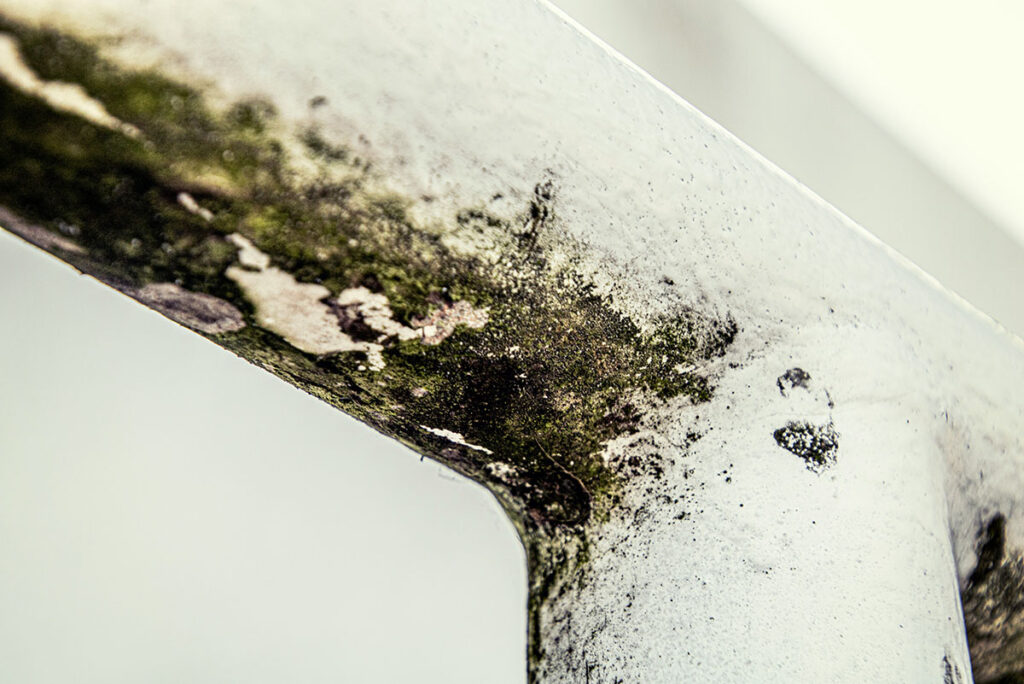ISO 16000-16 Detection of Airborne Mycobacteria in Indoor Air
The ISO 16000 series addresses indoor environmental quality and is widely recognized for its comprehensive guidelines on assessing various parameters that affect air quality. Among these, ISO 16000-16:2018, Detection of Airborne Mycobacteria in Indoor Air, plays a critical role in identifying potential health risks associated with airborne mycobacteria.
Mycobacteria are a group of bacteria that includes some species causing tuberculosis and other diseases. The presence of these microorganisms in indoor environments can pose significant health hazards, especially for individuals who spend prolonged periods within such spaces—such as hospital patients or staff, elderly populations living in care facilities, and vulnerable individuals exposed to poor air quality.
The standard specifies a culture-based method using specialized media that selectively grows mycobacteria from air samples collected over a defined period. This process involves:
- Sampling via appropriate devices like the Andersen sampler or impactors
- Culture incubation at optimal conditions for mycobacterial growth (37°C)
- Identification through biochemical tests and possibly genetic analysis
The primary purpose of this service is to ensure compliance with international standards that protect human health. By detecting airborne mycobacteria, facilities can take necessary measures to improve indoor air quality, thereby reducing the risk of transmission and infection.
Key Considerations:
When conducting ISO 16000-16 tests, several critical factors must be considered:
- The sampling location should represent typical occupancy conditions
- Samples need to be collected during peak occupancy times if possible
- Careful attention must be given to sample collection techniques to avoid contamination
- Proper handling and transportation of samples to prevent degradation
- Analysis should follow strict protocols to ensure accurate identification and quantification
The service is essential for various sectors including healthcare, education, public buildings, and residential communities. By offering this specialized testing, we contribute significantly to maintaining safe and healthy environments.
| Sampling Device | Media Used | Culture Conditions | Identification Method |
|---|---|---|---|
| An Andersen Sampler or Impactor | Tryptose-Sucrose-Agar (TSA) | 37°C for 14 days | Biochemical Tests, Genetic Analysis |
Understanding the implications of mycobacteria presence in indoor air is paramount. This service not only adheres to ISO standards but also supports broader efforts towards improving public health and safety.
Quality and Reliability Assurance
The quality and reliability assurance processes are integral to our commitment to delivering accurate, consistent results that meet or exceed the requirements specified in ISO 16000-16. Our laboratory employs stringent quality control measures throughout each stage of the testing process—from sample collection to final analysis.
Our team comprises highly skilled microbiologists and environmental scientists who undergo continuous training to stay abreast of advancements in mycobacterial detection technology. We utilize state-of-the-art equipment calibrated regularly against international standards, ensuring precise measurements and reproducible results.
To further enhance reliability, we participate in proficiency testing programs organized by recognized bodies such as the National Institute of Standards and Technology (NIST) in the United States or similar organizations worldwide. These programs provide an independent assessment of our analytical capabilities, helping us identify areas for improvement and maintain high standards.
We also adhere to rigorous quality management systems certified under ISO/IEC 17025:2017, which governs technical requirements for the competence of testing and calibration laboratories. This certification ensures that all aspects of our operations comply with best practices recognized globally by regulatory authorities.
Environmental and Sustainability Contributions
The detection of airborne mycobacteria is not just about compliance; it contributes positively to environmental sustainability efforts. By identifying sources of contamination early, this service helps prevent the spread of diseases associated with these microorganisms, thus promoting healthier indoor environments.
- Reduces exposure risks for sensitive populations by ensuring safer air quality
- Aids in implementing effective cleaning and disinfection protocols to mitigate health impacts
- Promotes the use of sustainable materials and practices that enhance overall environmental well-being
This service aligns with broader sustainability goals by supporting healthier lifestyles, reducing absenteeism due to illness, and promoting more productive work or learning environments. In doing so, it plays a vital role in contributing to global health objectives outlined by organizations like the World Health Organization (WHO).
Use Cases and Application Examples
ISO 16000-16 testing has diverse applications across multiple sectors. Here are some illustrative examples:
| Sector | Application | Benefit |
|---|---|---|
| Hospital and Healthcare Facilities | Detecting mycobacteria in patient rooms, operating theaters, etc. | Promotes patient safety by reducing cross-infection risks |
| Educational Institutions | Monitoring classrooms and libraries to protect student health | Ensures a conducive learning environment free from airborne pathogens |
| Public Buildings | Testing offices, conference centers, and other communal spaces | Aids in maintaining healthy air quality for occupants |
In each case, the goal is to create safer environments where people can thrive without fear of airborne mycobacterial infections. This service supports these goals by providing reliable data upon which informed decisions can be made.





